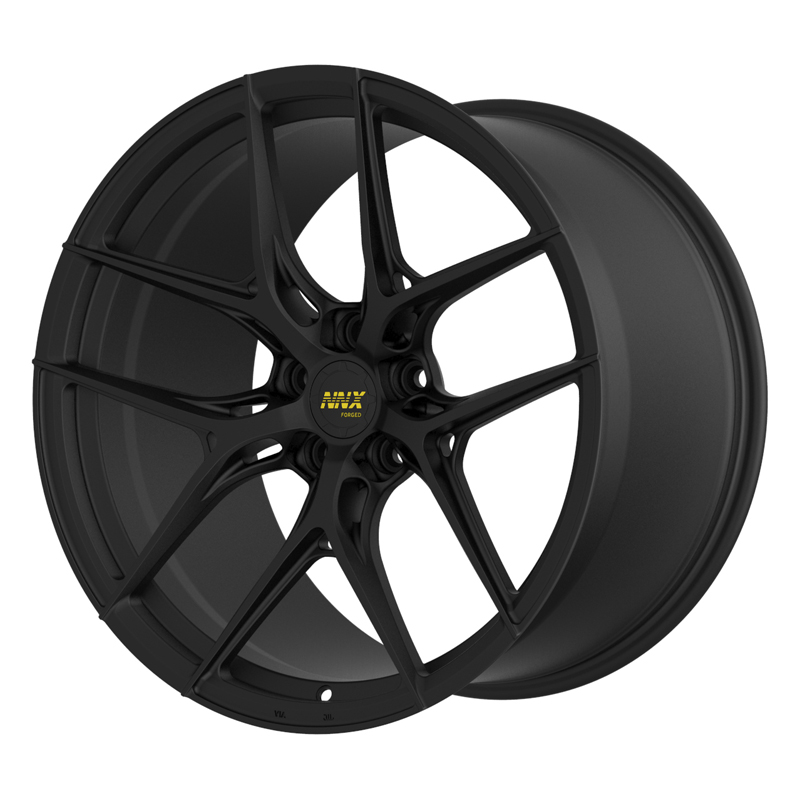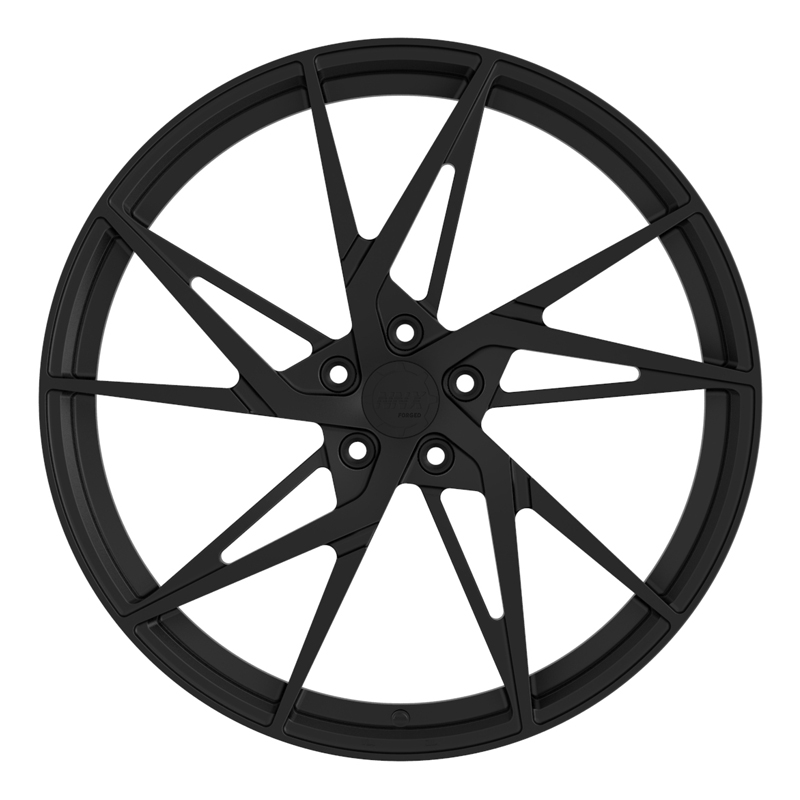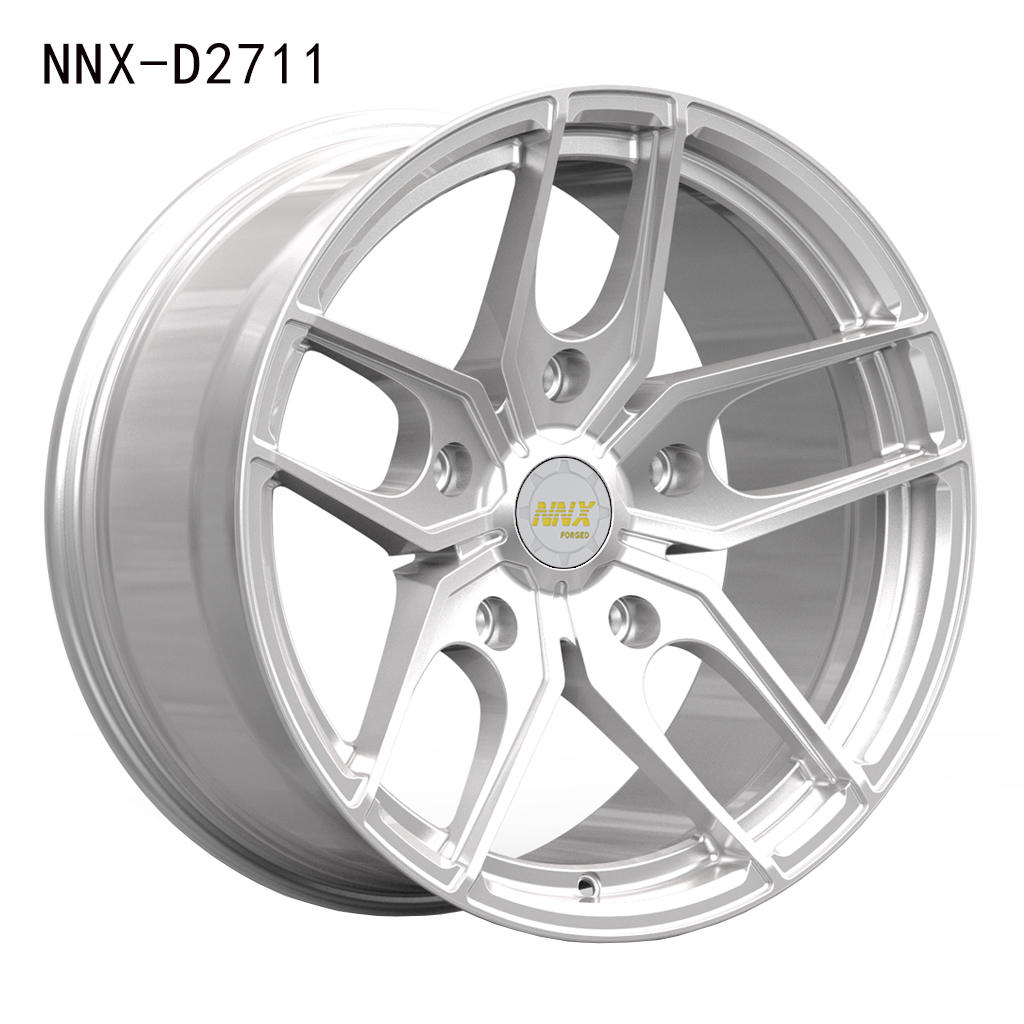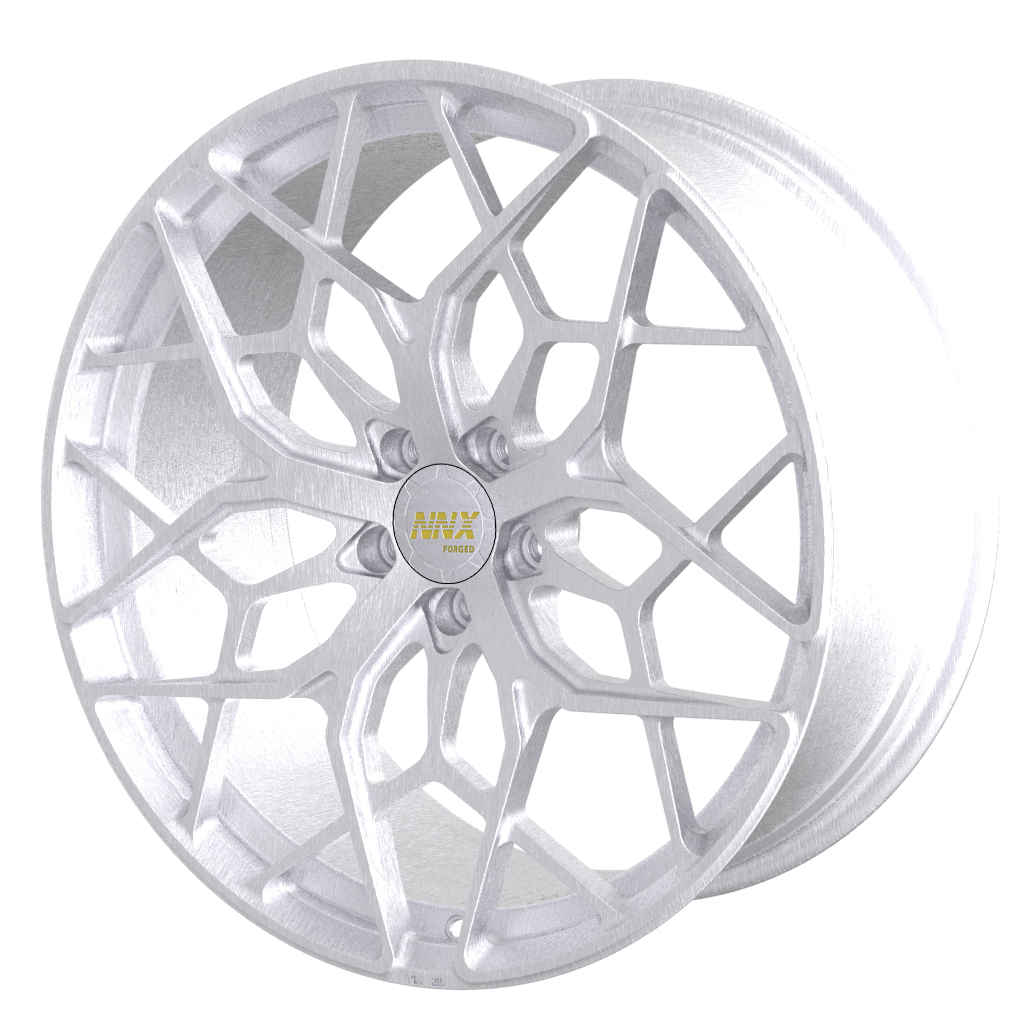NNX-D1191 Car Wheel Rims 16/17 Inch 4 Holes 4×100 Cast Alloy 16~24 Inch Can Be Custom Color WOODBELL 7J~12J CN;JIA DZ-O57
| Size | Width | ET(Offset) | Center bore(hub bore ) | Bolt Pattern(PCD) | |||
| 17 | 7J/7.5J/8J/8.5J/9J/9.5J/10J | You can customize any data and color you need. | |||||
| 18 | 7.5J/8J/8.5J/9J/9.5J/10J/10.5J | ||||||
| 19 | 8J/8.5J/9J/9.5J/10J/10.5J/11J | ||||||
| 20 | 8J/8.5J/9J/9.5J/10J/10.5J/11J/12.5J | ||||||
| 21 | 8.5J/9J/9.5J/10J/10.5J/11J/11.5J//12/12.5J/13J | You can customize any data and color you need. | |||||
| 22 | 9.5J/10J/10.5J/11J/11.5J/12J | ||||||
| 23 | 10J/11J | ||||||
| 24 | 10J/12J | ||||||


-

NNX-D291 Forged Wheels 18-24 Inch 5×112/120/130 Aluminum...
-

NNX-D3911 forged alloy wheels 16 17 18 19 21 22 23 24 inch hig...
-

NNX-D128 NNX Best selling forged alloy wheels 18~22 inch 1...
-

NNX-D2711 Hot sale customised forged alloy wheels of all siz...
-

NNX-D3153 Manufacturer Wholesale Best Selling Chinese Alloy 16...
-

NNX-D4631 Factory Direct Sales High Quality New Design 16 17 18...
32 color combinations available in our online store.
The Hybrid Forged Billet Sport Cap offers 32 combinations of colors to personalize your NNX Wheels. Starting as 6061 billet aluminum, the cap bezels are machined, hand- finished and powder coated in Vossen’s Miami-based factory using the same finishes as NNX Forged wheels.









